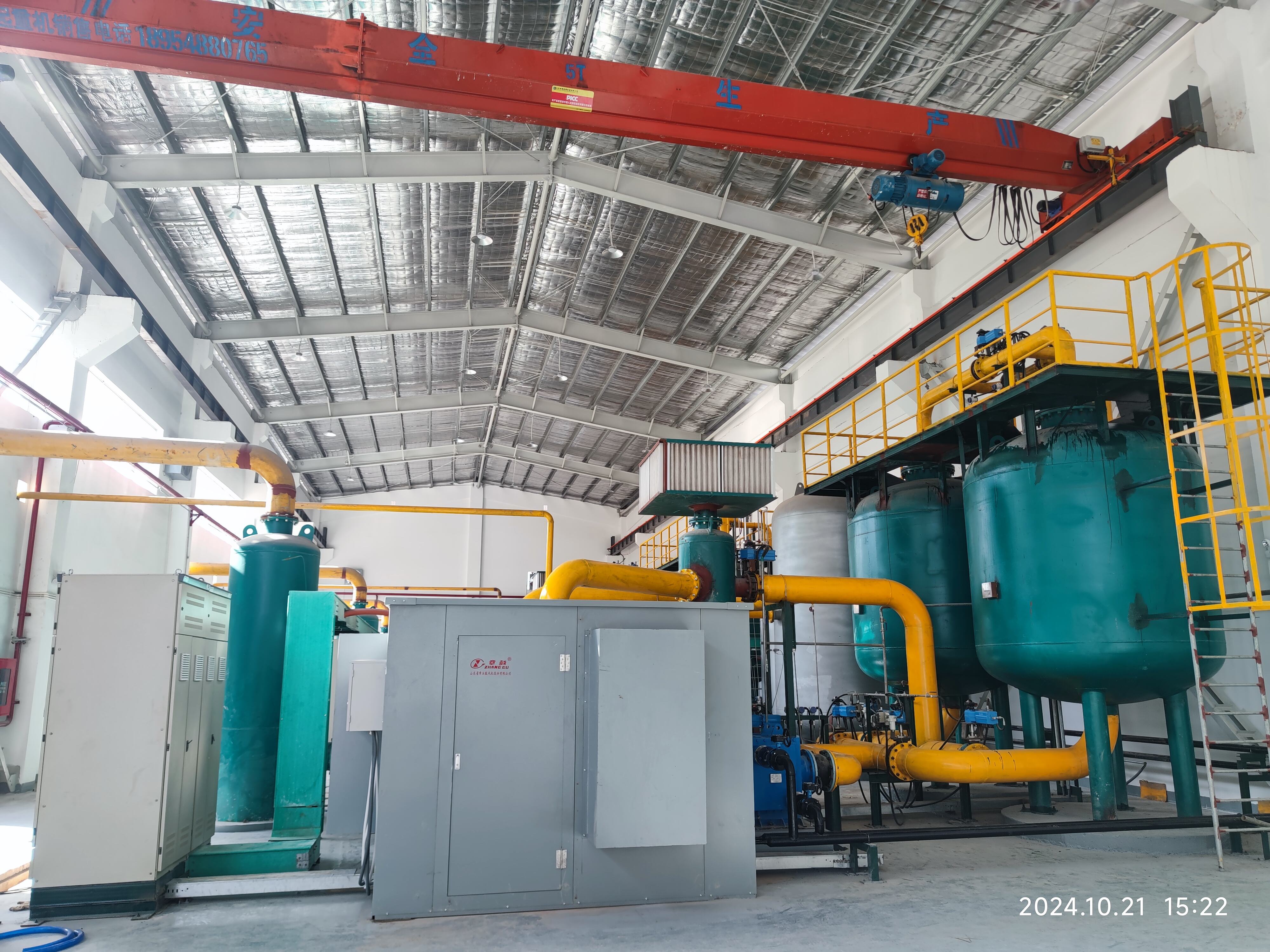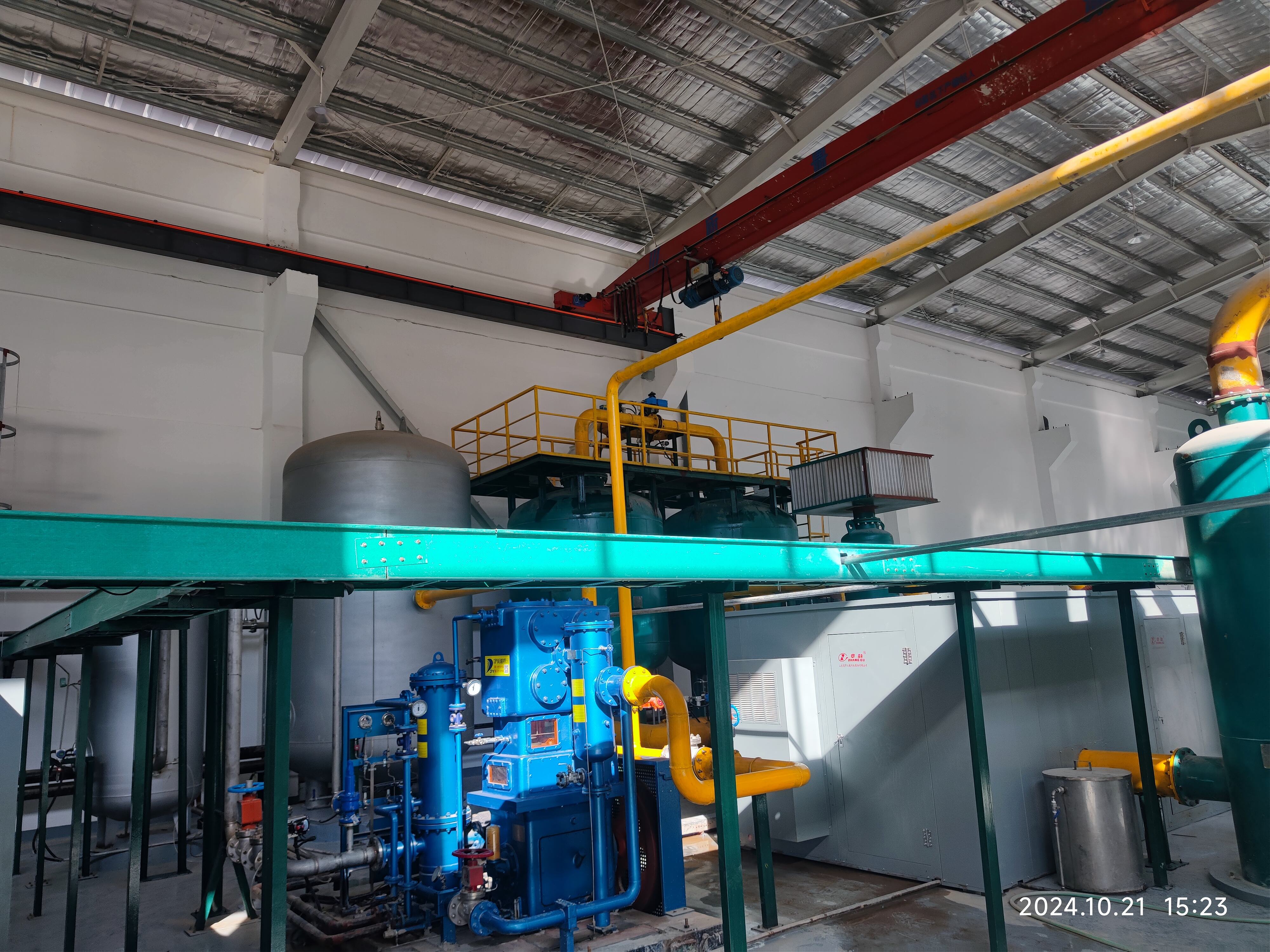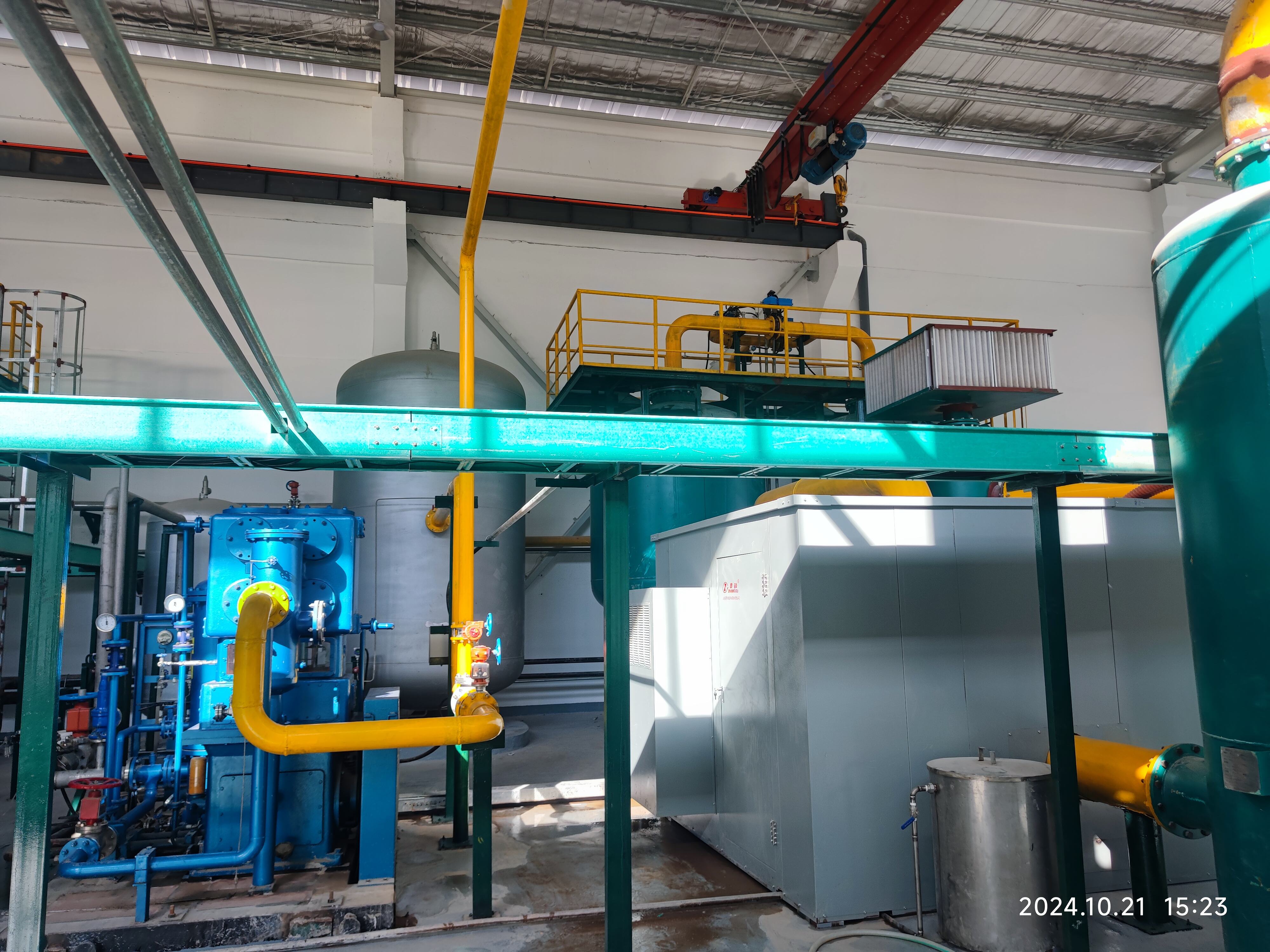مصنع أكسجين psa
يمثل مصنع الأكسجين PSA حلاً متقدمًا لتوليد الأكسجين في الموقع، حيث يستخدم تقنية امتصاص التبديل تحت الضغط لفصل الأكسجين عن الهواء المحيط. يعمل هذا النظام المتقدم باستخدام غربال جزيئي مخصص يقوم بامتصاص النيتروجين بشكل منتقى بينما يسمح للأكسجين بالمرور، مما يؤدي إلى إنتاج أكسجين ذي نقاء عالٍ. يتكون المصنع من عدة مكونات رئيسية، بما في ذلك ضواغات الهواء، وحدات معالجة الهواء، أبراج الامتصاص، وأنظمة التحكم التي تعمل بتناغم لضمان إخراج مستمر للأكسجين. تبدأ العملية بضغط الهواء الجوي وإزالة الرطوبة والغبار والملوثات الأخرى عبر أنظمة المعالجة المسبقة. ثم يمر الهواء النظيف عبر سرير الغربال الجزيئي حيث يتم احتجاز النيتروجين ويُسمح للأكسجين بالتدفق. يعمل هذه الأسرة بالتناوب بين مراحل الامتصاص وإعادة التجديد لضمان إنتاج مستمر للأكسجين. تصل مصانع الأكسجين الحديثة باستخدام تقنية PSA إلى مستويات نقاء تصل إلى 95٪، مما يجعلها مثالية لتطبيقات مختلفة عبر العديد من الصناعات. يحافظ نظام التحكم الآلي على المعايير التشغيلية المثلى، ويقوم بمراقبة مؤشرات الأداء، وضمان التشغيل الآمن. تلعب هذه المنشآت أدوارًا حيوية في المرافق الصحية، العمليات التصنيعية، محطات معالجة المياه، والتطبيقات الصناعية المختلفة حيث يكون توفير مصدر موثوق بالأكسجين أمرًا أساسيًا.


